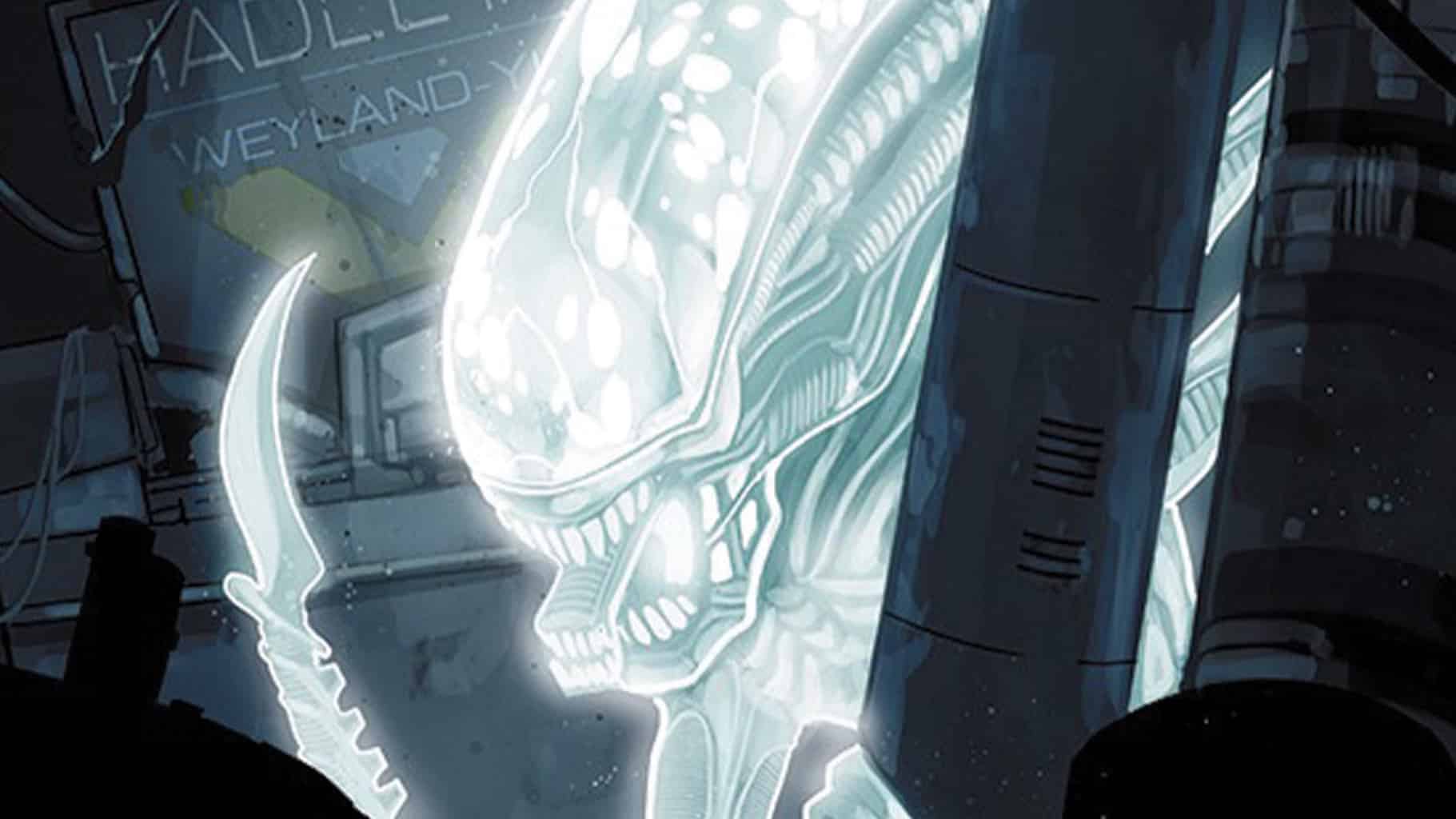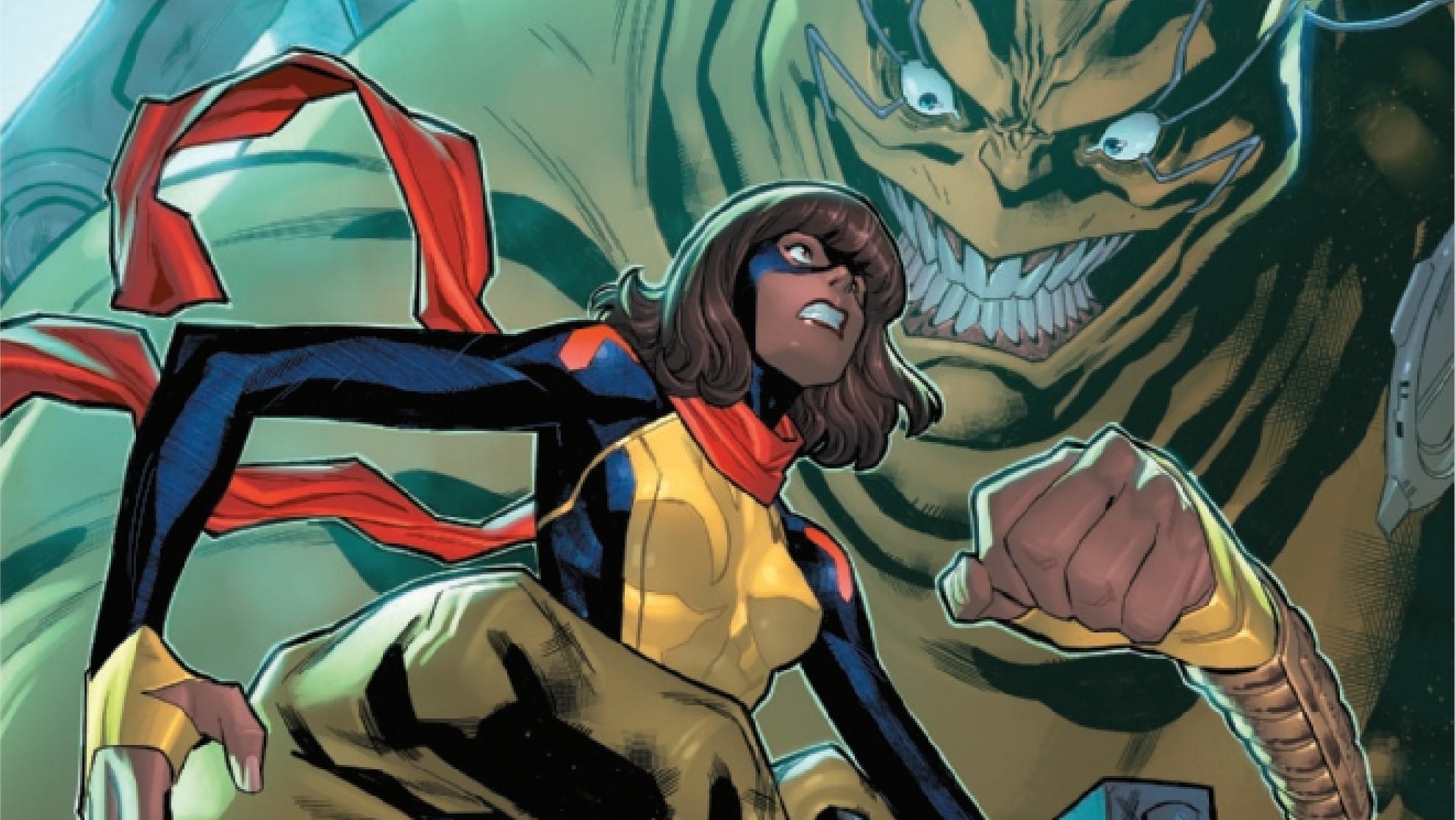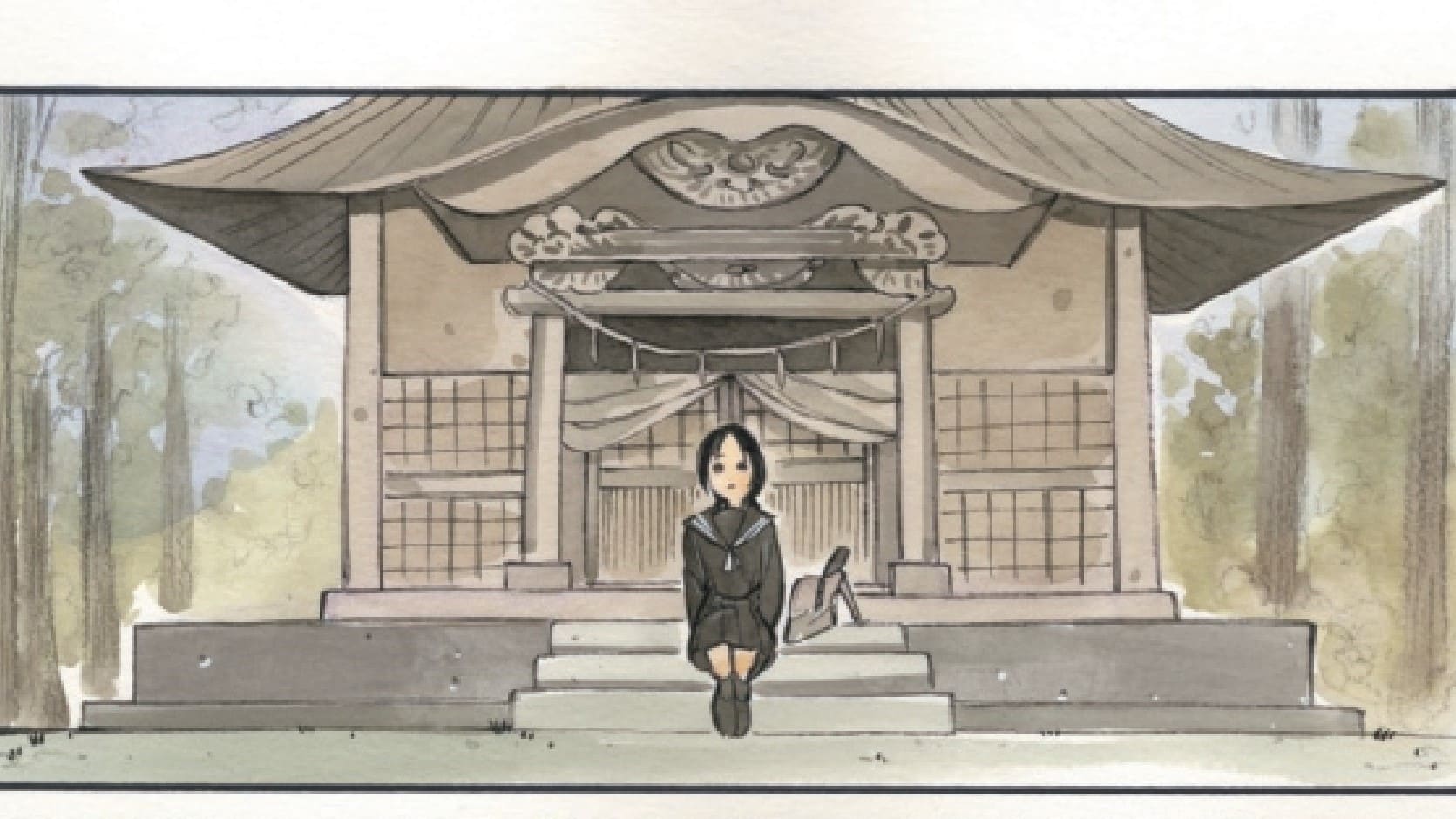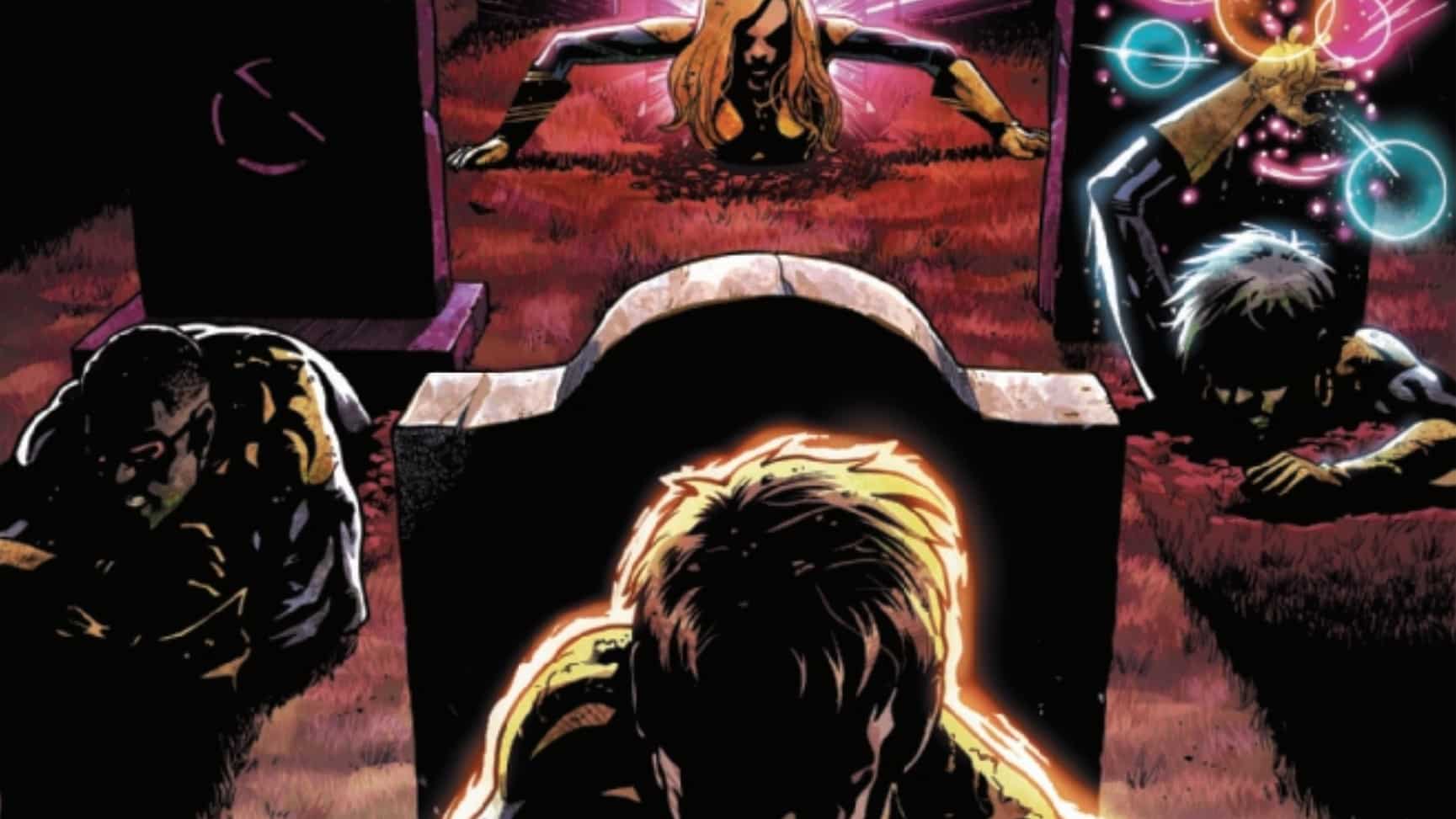A crew of intrepid journalists ventures back to the scene of the movie Aliens…and into inevitable chaos. Aliens: Aftermath is written by Benjamin Percy, with art by Dave Wachter, colors by Chris Sotomayor, and letters by Ariana Maher.
Taking place in the nuclear winter-weakened remnants of Hadley’s Hope — the colony on LV-426 central to the eponymous film franchise Aliens — writer Benjamin Percy and artist David Wachter’s comic follow-up, is undeniably a kind of corporatized fan fiction. It cannot be read without being aware of its source materials.
It’s hard to deny this impulse under the existing commercial expectations of both Marvel and the Alien brand, of course — The Walt Disney Corporation didn’t buy this for no reason. Any keen reader will see that the same thing has happened with Marvel’s own disparate and numerous Star Wars comics, the most commercially successful of which are directly tied to the movie’s continuity much like Cutter Vasquez’s relationship to his aunt, Aliens’ Private Vasquez, is here. The same thing is happening in the way Predator seems to be delayed for an upcoming film’s synergistic potential. This is a given, an editorial and marketing mandate that cannot be dismissed, and one that permeates the reading experience at Marvel the same way it did with Dark Horse’s recent, desperate adaptations of unfilmed Alien scripts into their own material.
The miracle of Benjamin Percy and Dave Wachter’s take on Aliens, however, is that Aliens: Aftermath is so immediately realized and successful both narratively and visually, that it rebukes the typical plasticy taste of brand homogenization and becomes a genuinely enjoyable read in its own right, both through reverence for the source material, and for necessary revisions to it for the sake of a more nuanced story.
The narrative of a scrappy, radically anti-corporate crew landing on LV-426 to evade the watchful eyes of the Weyland-Yutani corporation and to resolve Cutter’s lingering curiosity about his aunt’s disappearance isn’t novel to this universe, to be sure, but the delivery is. Percy hints at a much larger, nuanced push-and-pull between corporate powers and individuals here than most of the movies explore, and the character dynamics (the protagonists are both at odds with one another and reliant on each other for survival) are the better for it.
This is especially true given the creeping, visually-striking, dread that is a nuclear-powered Xenomorph, an idea the writer has probably had for a long time, wonderfully realized by Wachter and colorist Chris Sotomayor across scenes of predatory stalking and eventually gory maiming. There’s a presence to the alien, a considered visual weight that aids the provocation of the human-centric story, the suggestion of pressure that heightens and helps makes sense of the humans’ missteps and betrayals.
Aliens: Aftermath is a small, dirty, but entirely well executed story about human weakness that implies a deeper truth about the kind of world the cast is living in every day — strengthened by scenes like the Yutani hologram coldly looking on as someone is killed before it. The major players are here, and they fill their roles, but they also flex beyond the boundaries of what most fans have seen from them before.
The eventual outcome: Cutter sells out — a cold, calculated corporate win that cuts to the quick of the temptation and impulsivity that drives the Aliens universe. Here’s a deserved, brutal cliffhanger that suits the characters and the setting, and rebukes the kind of narrative leaps (like the Skywalkers and The Sith seemingly controlling the entire universe) found in Star Wars and its adaptations.
It’s amoral and hopeless, but that’s the point, and its unflinching look at what someone might really do in these scenarios, rather than a typical protagonist-antagonist dynamic, elevates it beyond what Marvel has turned in for other adaptations. A success.
Forrest is an experimental AI that writes and podcasts about comic books and wrestling coming to your area soon.






